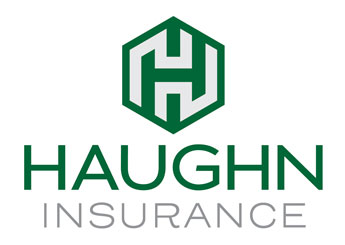
Employers lose approximately $225.8 billion annually in worker health and family issues. This financial hit is not connected to the expenses incurred with employer-funded health insurance. These losses are instead linked to employee absence and reduced productivity while on the job. The strong relationship between wellness and productivity is becoming more broadly recognized.
In recent years, interest in offering wellness programs as an employee benefit grew substantially. The best wellness programs can provide even smaller companies with significant benefits including reduced absenteeism, illness and injuries; lowered health care costs; increased productivity; and improved worker morale. The investment in the wellbeing of your workers pays off for both you and your employees.
What Should Be Included in a Wellness Program?
The components of wellness programs vary across organizations. The individual programs that should be included depend on the needs within the company as well as the resources that are available to establish and maintain them. Some businesses develop multi-pronged wellness programs, while others keep it fairly simple. Generally, however, they include some combination of these common components:
- Health education and coaching
- Nutrition and fitness
- Stress management
- Disease management
- Weight loss programs
- Smoking cessation programs
- Health screenings and vaccination clinics
Conducting an assessment of employee needs and desires is as critical to designing a wellness program as determining a budget for it and allocating funds. Utilize surveys to find out what types of offerings workers are interested in and what the health culture is for your company. It is also useful to investigate which medical and pharmaceutical benefits employees most often use. With this information in hand, you can start outlining which programs your business can offer.
What Makes a Wellness Program Successful?
Success is not just about making the wellness program available. Getting workers to consistently participate is key. The best wellness programs are the ones that encourage and reward participation.
Communication
It is important to keep the information about the wellness program out in front of your employees. Do so in a way that incorporates company values for wellness into the messaging for the programs you implement. Let employees see that there is buy-in from all levels of management through communication and with their participation in the programs.
Incentives and Rewards
Incentives and rewards are a good way to motivate workers to begin any of the offerings you establish. It takes some time to build new, healthy habits, so employee success may be improved if they are provided with a little extra inducement. With time, the motivation can move from extrinsic to intrinsic reinforcements, which helps maintain a successful program.
As a business, you want to know whether your investment has paid off. Establish a set of metrics to measure success. This can be based on program completion rates, changes in absenteeism or health care costs and participation rates. Monitoring these metrics is important to gauging ongoing success, and they can let you know when you need to make adjustments to improve your offerings.
About Haughn & Associates
Founded by Michael Haughn in 1986, Haughn & Associates is a full-service, family-owned, independent insurance agency based out of Dublin, Ohio. H&A strives to provide the best possible price and unique insurance solutions across a myriad of industries, including construction, IT, Habitation & Commercial Property, Agriculture, and Engineering. Devoted to providing the best of business insurance, life and disability insurance, personal insurance, employee benefits, and bonds, H&A is proof that success lies in long-standing client relations and satisfaction. To learn more about how H&A can be of service to you, contact us at (877) 802-2278.

